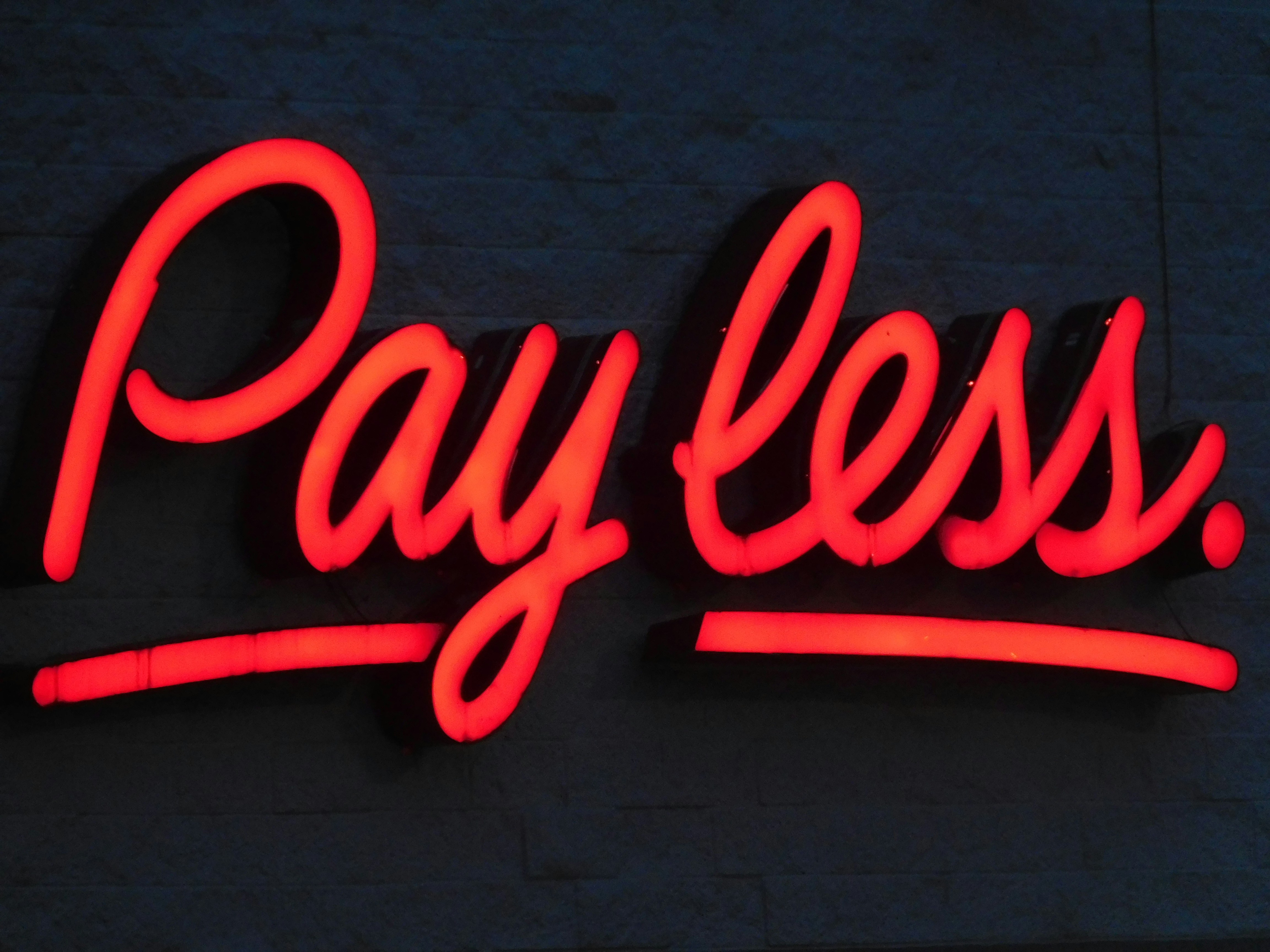Affordable Housing
Safe, decent, and sustainable shelter is a crucial necessity. Increasing housing costs can affect people on the micro-scale, such as households and families, and on the macro-scale, such as in cities and towns. Therefore, property managers need to understand the concepts of managing affordable housing and blended occupancy.
Different criteria are considered when determining what “affordable housing” and “blended occupancy” entail. However, they share the unified goal of improving quality of life and providing avenues for financial stability and adequate jobs.
This article details why overseeing properties under a blended occupancy model and making housing affordable are equally important.
What Is Affordable Housing?
Based on a single household's income, affordable housing means housing that the family can afford while having leftover funds for health care, food, and other necessities. For a more formal definition, according to a 2015 article by Vox, the federal Department of Housing and Urban Development (HUD) considers housing affordable when it takes 30 percent or less of household income.
Many people require affordable housing, from high-income professionals to individuals without a home. Thus, property owners must aim to widen the accessibility of affordable housing in their business to meet the demands of prospective clients.
Possible Types and Models of Affordable Housing
In the real estate market, affordable housing refers to cost-efficient housing types with a smaller footprint. According to the Municipal Research and Services Center, these include micro units, which are small units in urban development areas usually measuring below 400 square feet. These types of units are connected to multi-unit buildings and differ in their interior design. Some units have their own private bathroom and kitchens, while others have shared rooms.
Affordable housing can include single-resident occupancies, tiny homes on wheels, accessory dwelling units, and mobile homes. All in all, these housing types continue to lead large-scale advancements in making housing affordable for residents and allowing property managers to consider a wide variety of options in their profession.
What Is Blended Occupancy?
Blended occupancy can also allow residents on a budget to acquire affordable housing. Simply put, blended occupancy refers to housing developed when more than one financing source is used for a single project. These regulations are outlined in the official HUD 4350.3 Occupancy Handbook.
Important Terms To Learn
Before considering the blended occupancy model in your property management system, you need to understand important keywords commonly used in the industry.
Blended Occupancy Specialist (BOS)
Blended occupancy specialists (BOS) are housing experts with the skills to regulate blended occupancy mixed-finance housing systems. They help property managers comply with federal laws on housing.
In addition, these professionals are in charge of maximizing quality standards within a property. Blended occupancy specialists also ensure compatibility between the regulations of various house financing programs and the achievements of said programs’ goals.
Low-Income Housing Tax Credit (LIHTC)
According to the Tax Policy Center, the Low-Income Housing Tax Credit offers tax incentives for constructing or rehabilitating affordable housing for low- and moderate-income tenants.
Property managers considering becoming affordable housing providers should consider the benefits of LIHTC. This housing program offers tax credits to successful developers of qualified housing projects, and creditors can sell these credits to raise capital. Investors can avail of the LIHTC for over ten years, starting from when the establishment opened.
HOME Investments Partnerships Program
The HUD operates HOME, a federal program dedicated to providing affordable housing to low—and moderate-income households. For rental housing, less than 90 percent of families under the program must have incomes equal to or less than 60 percent of the area's median income.
Families can utilize HOME funds for expenses in housing rehabilitation or new construction. Lenders can also use the financial assistance for rent subsidies and down payments.
What Are the Benefits of Affordable Housing Programs for Residents?
In the modern housing landscape, affordable housing remains a complex issue. However, affordable housing programs provide many benefits to both tenants and various communities.
Creation of More Job Opportunities
Preserving and sustaining affordable housing involves an extensive set of tradespeople, such as construction workers, leasing agents, and security staff. According to Forbes, this entails an average of 161 local jobs in the project's first year.
Furthermore, businesses around the area can increase their profit by meeting the workforce's increasing demands for food, resources, recreation, and more. As a property manager, you should consider building strong relationships in the community and determining the state of local commerce in your area. This will increase overall resident retention on your property through client satisfaction.
Increased Health and Personal Security
Affordable housing can positively affect residents’ well-being by reducing stress and reinforcing stable mental health. Furthermore, affordable housing reduces health risks connected to poor-quality housing, such as overcrowding, contagious diseases, pollutant congestion, toxins, allergens, and overall unsanitary conditions.
Once families have more funding to spend on nutritious food and health care, this provides a greater sense of security that you can leverage. Property managers must market their services well and ensure their clients are happy with housing quality to decrease the move-out rate.
Build and Strengthens Sustainable Communities
Well-developed housing can positively impact communities, especially in urban settings. Affordable housing boosts morale, attracts businesses, lowers crime incidences, and encourages social linkages. Property managers can assist in active community development by pioneering affordable housing projects.
Furthermore, on a smaller scale, affordable housing stabilizes families and promotes childhood development. Managing high-quality, affordable housing ensures families can afford rent and avoid poverty. This decreases the stress experienced by children and reinforces healthy emotional and behavioral growth.
Promotes Diversity
Affordable housing projects create diverse communities of individuals from various socio-economic, professional, or cultural backgrounds. Segregated neighbors can cause distress and lead to a higher risk of poverty. On the other hand, properties housing diverse communities reduce racial prejudice and discrimination while maximizing cultural sensitivity and justice.
Factors Property Managers Should Consider in Blended Occupancy
As a property manager, you can employ the advantages of blended compliance in LIHTC development and other programs in compliance with legal rules. These features include increased flexibility in design, efficient subsidies, and the ability to serve diverse family types and incomes. Condensing the features of multiple programs into one development gives property managers a significant time advantage.
Although blended occupancy offers a wide set of benefits, property managers must consider their overall circumstances, such as geographic surroundings and business health, to determine whether these outweigh the risks. Many affordable housing programs are incompatible, leading to conflicts of interest.
ExactEstate: Property Management Software for Boosting the Benefits of Affordable Housing
ExactEstate is dedicated to helping property owners, managers, and staff streamline basic work processes in subsidized housing. Our program allows your team to manage end-to-end transactions smoothly while cutting down on operational costs. For property owners thinking of digitizing their affordable housing management system, ExactEstate is the perfect solution for you. If you want to supercharge your business and decrease the amount of inefficiencies, consider working with ExactEstate.
If you want to see how ExactEstate works and whether it is the right solution, contact us now to schedule a quick demo.










